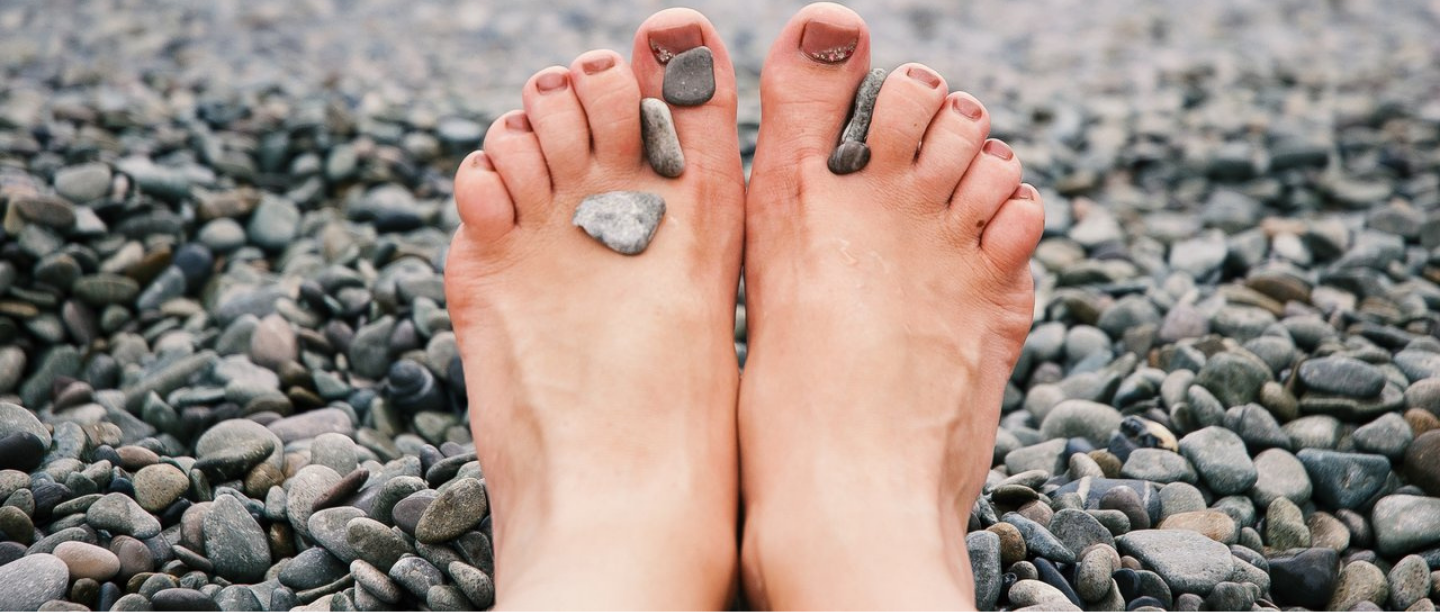
The skin is the largest organ in the human body and repeatedly renews itself. The old cells move up to the surface of the epidermis where they die and this leads to dead skin cells. If you’re a skincare enthusiast, you’ll know the importance of exfoliating your face at least once or twice a week. But your face isn’t the only layer of skin that produces dead skin cells. You need to exfoliate every inch of your skin, especially your feet, to get rid of the buildup — ‘coz let’s face it, the mixture of dead skin cells along with oil, dirt and other pollutants is just a recipe for a skin disaster.
You need to pay as much attention to your feet as you do to the skin on your face. This is because your feet go through a lot during the day and repeated friction, pressure, and rubbing leads to the accumulation of dead skin cells which turn into calluses. Since the skin in this area is the toughest, it is more prone to developing this pesky skin issue. For some, calluses may be a bit bothersome, but for others, it can be downright painful. If you’re dealing with this skin issue and don’t know how to get rid of them, keep on reading. We’ve got a few solutions that will help eliminate calluses and leave you with soft, supple feet in no time.
Bonus: These tips are also useful if you aren’t suffering from this skin concern. Eliminating dead skin on your feet keeps them callus-free.
Invest In A Pumice Stone
Pumice stones have always been the most sought-after product to help get rid of calluses. But there is a certain way of using it. Instead of directly buffing the feet, first, soak your feet in warm water for about 15 to 20 minutes to loosen up the skin before using the product. You can also add a bit of Epsom salt to the water as it will help loosen the skin and make the removal process easier. While using a pumice stone, be sure not to scrub too hard and if the skin turns red or starts to bleed, you need to stop immediately.
Moisturise Your Feet Daily
If you haven’t added a foot cream to your skincare routine yet, it’s high time you do! Foot creams aren’t only for those who suffer from cracks. Applying a heavy moisturising cream to your feet in the night and covering them with socks help keep the skin soft and supple, in turn, reducing the chances of calluses. The process of covering up your feet with cotton socks help lock in moisture and protect the skin from further damage.
Wear Proper Fitting Shoes
Your shoe size and type also play an important role. Given that we are on our feet for most parts of the day, wearing the right shoes help prevent the development of calluses. Make sure your shoes aren’t too small or narrow in order to avoid rubbing and friction.
Use a Foot File or Heel File
Pexels
Foot files are similar to pumice stones but instead of soaking your feet in water for a couple of minutes, they can be used in the bath or shower. These products usually have a metal grate that helps slough away the dead skin and calluses to give you soft, supple feet. Just keep in mind to always moisturise your feet after using this foot tool.
Wear Gel Pads
Pexels
If you are suffering from calluses, using salicylic acid pads or foam inserts in the shoes provide more comfort and it is also a great way to prevent excess pressure on the skin.
Visit A Doctor If…..
For those suffering from diabetes, it’s safer to consult a doctor rather than taking matters into your own hands since there’s a higher risk of skin and nerve injury.
Taking care of the skin on your feet is as important as taking care of the skin on your face, so there’s no reason not to add it to your daily skincare routine. Remember, it’s never too early to start!
Featured Image: Pexels